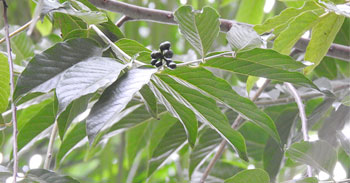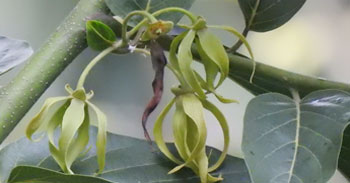KJC Medicinal Garden
Apurva champaka
Cananga odorata
Order: Malpighiales
Family: Annonaceae
Genus: Cananga
Species: C. odorata
Common Names: Ylang Ylang, Perfume Tree, Maladi, Apurvachampaka
Native to India, Malaysia, Phillipines, Indonesia
Other plants of the same genus with medicinal properties
-
1. C. brandisiana
2. C. fruticose
3. C. latifolia
- Tree reaching 15-20 m tall, Erect, Heavily branched
- Leaves: dark shiny green (above), duller and lighter green (beneath)
Arrangement: alternate, single plane along twigs
Length: 9–21 cm; width: 4–9 cm
Shape: ovate-oblong to broadly elliptic with wavy margin; rounded and unequal base; acuminate apex
- Flowers: Odor: highly fragrant
Length: 7.5 cm
Arrangement: hanging axillary in a group of 4–12 flowers with umbellate arrangement; scattering around the older parts of twigs
Pedicels: short, 1–2.5 cm long
Calyx: three, broad, pointed, and hairy
Petals: six, slightly thicken, twisted, pointed, hairy, 4–6 cm long, green (young), yellow to yellowish-brown (mature)
Uses in Tradition systems of medicine
- used in folk medicine for treatment of boils, as a carminative, for treatment of cephalgia, diarrhoea, gout, malaria, eye problems, rheumatism and as an emmenagogue
- The essential oils or ylang-ylang oil is used in aromatherapy and is believed to be effective in treating depression, high blood pressure, and anxiety
- Vitamin C, Folic Acid
- Essential Oils
Suggested Medicinal Properties
- antimicrobial
- insecticidal
- anti-inflammatory
- antibiofilm
- antioxidant
- antidiabetic
- antifertility
- aphrodisiac
- antimelanogenesis
- insect-repellent
- antihyperglycemic
- sedative
Active Phytochemicals
1. p-methylanisol
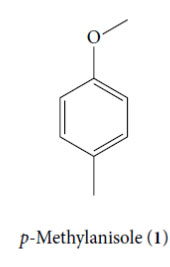
2. Methyl benzoate
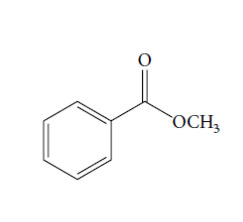
3. Benzyl benzoate
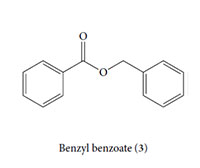
4. Benzyl acetate
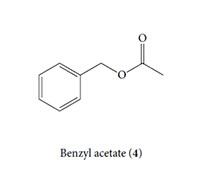
5. Geranyl acetate
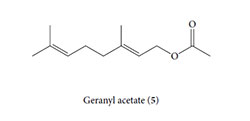
6. cinnamyl acetate
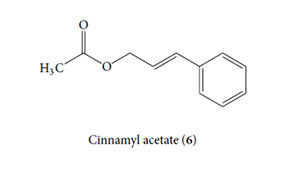
7. (E,E)-farnesyl acetate
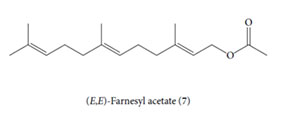
8. linalool
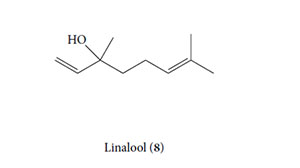
9. Geranioll
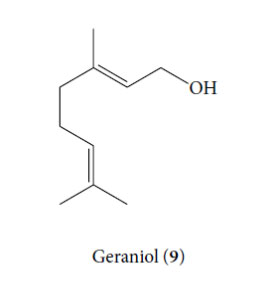
10. Benzyl Salicylate
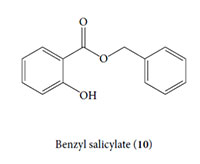
References
K. R. Goodrich, “Floral scent in Annonaceae,” Botanical Journal of the Linnean Society, vol. 169, no. 1, pp. 262–279, 2012.
H. I. Manner and C. R. Elevitch, Cananga odorata (ylang-ylang), Species Profiles for Pacific Island Agroforestry, 2006.
